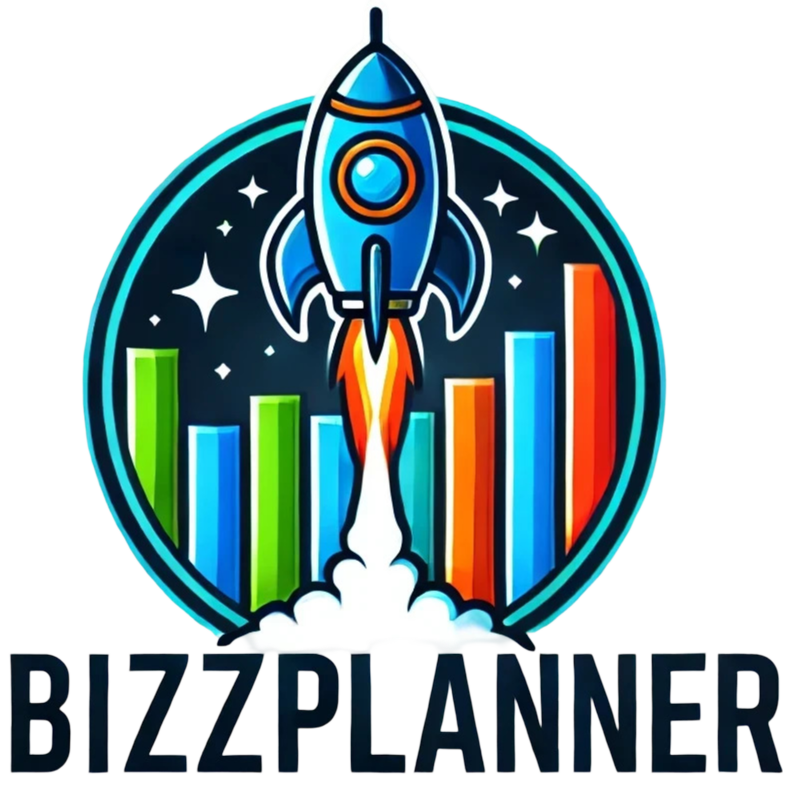Are you feeling a bit overwhelmed when it comes to conducting a feasibility analysis? You’re not alone! Many people share your concerns, wondering where to start and how to ensure their project idea is practical and profitable. It can seem like a daunting task, but fear not!
If you stick with me, I promise I’ll break it down into bite-sized steps that are easy to follow. By the end of this, you’ll have a clear roadmap for assessing whether your project is worth pursuing or if it’s better left on the drawing board. Spoiler alert: knowing how to conduct a feasibility analysis can save you time and money!
We’ll cover everything from defining your project scope to evaluating operational feasibility and finally making that crucial go or no-go decision. Let’s jump in and get you equipped to tackle your feasibility study like a pro!
Key Takeaways
Stefan’s Audio Takeaway
- Start with a clear definition of your project’s goals and constraints.
- Always perform market research to understand customer needs and competition.
- Assess both financial and technical feasibility before committing resources.
- Evaluate how your project fits into current operations and if staff needs training.
- Identify potential risks early, and have strategies to mitigate them.
- Regularly validate your findings with new data and stakeholder input.
- Make a data-informed go or no-go decision that aligns with long-term goals.
- Follow best practices like transparency, documentation, and using modern tools for efficiency.

1. Conduct a Feasibility Study
So, what exactly is a feasibility study? It’s basically a way to figure out if your project is worth doing.
Before diving in, take a good look at your goals, resources, and potential obstacles.
Write down what you hope to achieve, and answer key questions about your project’s viability.
Involve stakeholders early on to get their insights — their perspectives can be invaluable.
Lastly, remember that a well-done feasibility study can save you time and money in the long run by helping you avoid costly mistakes.
2. Preliminary Analysis
The preliminary analysis is like the first date before committing to a serious relationship with your project.
During this phase, you’ll want to identify the primary objectives and constraints of your project.
Think about what success looks like and what challenges you might face — having a clear picture is key.
Gather existing data and research to understand market trends and customer needs.
It’s also a good idea to assess any legal or regulatory requirements that might apply to your project.
3. Define the Project Scope
Defining the project scope is all about setting clear boundaries for what the project will and will not include.
Start by answering a few basic questions: What are the main deliverables? Who will be involved?
Remember, the clearer you are about what’s in scope, the easier it’ll be to manage the project later on.
It’s helpful to create a project charter that outlines the goals, timelines, and responsibilities.
Using simple language and visuals to explain the scope can also keep everyone on the same page.

4. Perform Market Research
Market research is a crucial step that involves gathering information about your target audience and competitors.
You want to find out who your customers are, what they need, and how much they’re willing to pay.
Online surveys and focus groups can provide valuable insights that help refine your project ideas.
Don’t forget to analyze your competitors; check what they offer and how they price their services.
This step can reveal gaps in the market that your project could fill.
For instance, in the construction industry, the lack of centralized data opens doors for companies to introduce valuable data services.
5. Conduct Financial Assessment
Financial assessment helps determine if your project is viable from a monetary standpoint.
Start by outlining all potential costs, from initial investments to ongoing expenses.
Consider financing options, and calculate expected revenue to see if it balances out with the costs.
To avoid pitfalls, ensure your projections are realistic and backed by data.
Implementing data selling models can be a quick revenue-generating strategy, especially with minimal structural changes.
6. Assess Technical Feasibility
Assessing technical feasibility means figuring out if you have the right technology and resources to make your project work.
Identify the technical requirements needed for your project and evaluate your current assets.
If you lack specific technology, explore partnerships or third-party solutions.
Real-time data processing, as seen with companies like General Electric, can optimize operations and enhance efficiency.
Technical competence is crucial; ensure your team has the necessary skills for smooth execution.
7. Evaluate Operational Feasibility
Operational feasibility analyzes if your project can be successfully integrated into existing operations.
This involves looking at work processes, employee capabilities, and workflow logistics.
Consider if your staff will require additional training to adapt to new projects.
If you’re planning to leverage real-time data for customer insights, make sure your team is on board.
For example, enhancing customer experience through data can provide personalized marketing and immediate support.
8. Review Key Components of a Feasibility Study
A comprehensive feasibility study typically includes technical, financial, market, and organizational components.
Each segment provides unique insights that collectively determine project viability.
Utilize available resources and data for each aspect to strengthen your arguments.
Don’t hesitate to reach out to industry experts to validate your findings and assumptions.
Keeping these components clear and well-documented is key for future considerations.
9. Identify and Address Potential Obstacles
No project is without its challenges, so think ahead about potential obstacles.
Compile a list of risks that might derail your project and develop strategies to mitigate them.
This proactive approach helps you stay prepared for unexpected twists.
Consider technological limitations, market competition, and regulatory hurdles as significant factors.
For instance, addressing data quality issues early in a study ensures your findings are reliable.
10. Reassess and Validate Findings
Reassessing findings periodically can help maintain focus and adapt strategies as needed.
Once you’ve conducted your feasibility study, it’s important to validate your findings with fresh data and industry benchmarks.
Engaging stakeholders during this phase allows for diverse perspectives and may highlight overlooked angles.
Utilize real-time data to keep your analysis relevant and accurate.
Regular validation keeps your project on the right track and helps you adjust to any changes in the market.
11. Make a Go or No-Go Decision
After extensive analysis, it’s time to decide whether to move forward with the project or not.
Gather all team members to discuss findings and weigh the pros and cons.
Use a decision matrix if necessary, to visualize and rank each factor based on importance.
Remember, it’s not just about the data; gut feelings and team insights should also play a role.
Ultimately, this decision should align with your long-term business goals.
12. Follow Best Practices for Feasibility Analysis
Best practices help streamline the feasibility analysis process and improve outcome accuracy.
Maintain transparency throughout the study; keep stakeholders updated on progress and findings.
Document every step — this not only helps in the future but also builds trust with your team.
Utilize modern tools like project management software to enhance efficiency and collaboration.
Incorporating real-time data analysis can elevate your study by providing insights faster than conventional methods.
FAQs
A feasibility study is an assessment that evaluates the practicality and potential success of a proposed project. It examines various factors such as market conditions, technical capabilities, financial implications, and operational logistics.
Market research is crucial as it helps identify target customers, evaluate market demand, and understand competition. This information guides decision-making and enhances the likelihood of project success by aligning offerings with market needs.
A financial assessment evaluates costs, projected revenues, funding sources, and profit margins. It determines the project’s financial viability and outlines potential economic risks, crucial for investors and stakeholders’ confidence.
A go or no-go decision is made after comprehensive analysis of the feasibility study results. If the project aligns with objectives, market viability, and financial expectations, a go decision is recommended; otherwise, the project may be halted.
